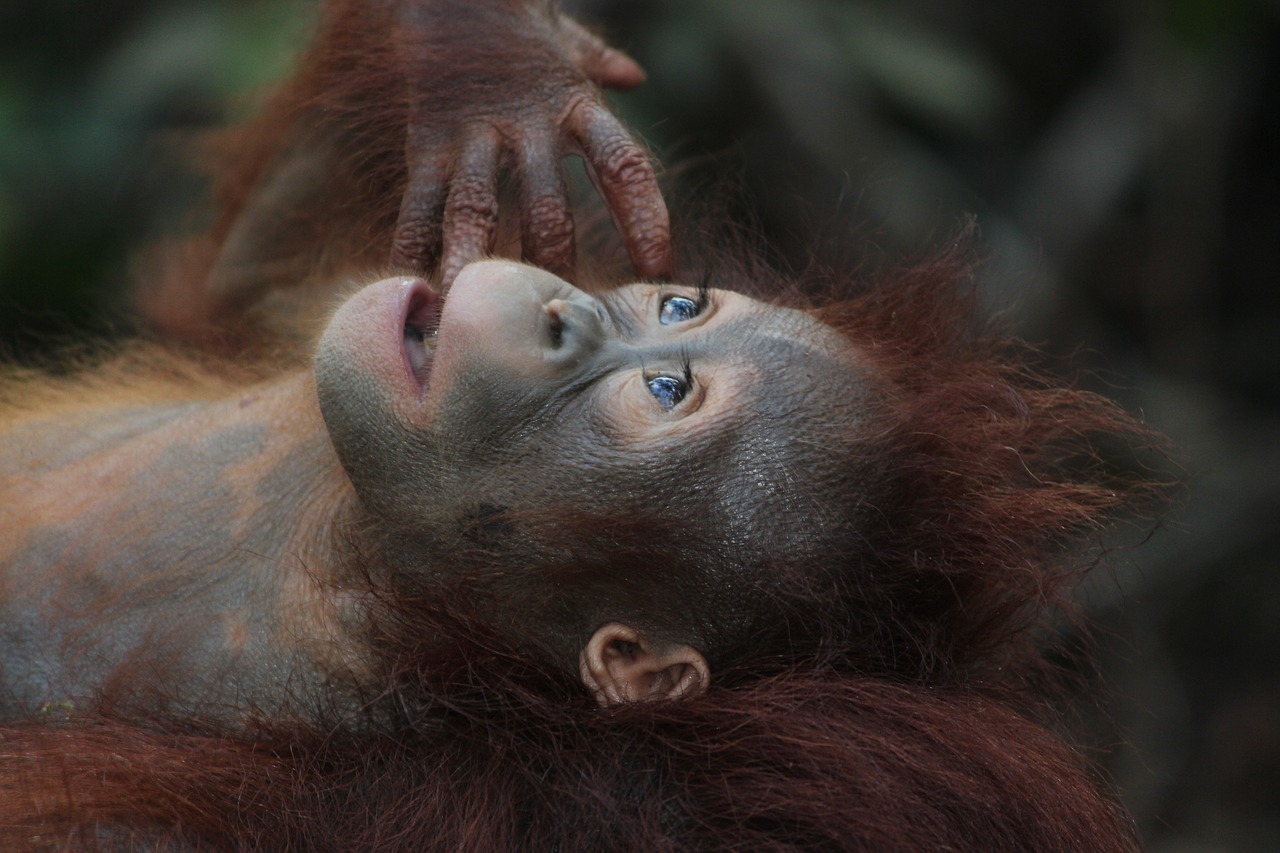Media release
From:
Spontaneous playful teasing in four great ape species
Proceedings of the Royal Society B: Biological Sciences
Preverbal human babies produce playful teasing behavior starting at eight months-of-age. Since language isn’t required for playful teasing, it might be present in other animals. Now scientists from UCLA, MPI-AB, and UCSD (Isabelle Laumer, Sasha Winkler, Federico Rossano, Erica Cartmill) have documented playful teasing in four species of great apes. Ape teasing is provocative, persistent, and includes elements of surprise and play. All species playfully teased, so it is likely that the cognitive prerequisites for joking evolved in the hominoid lineage at least 13 million years ago.



 International
International


